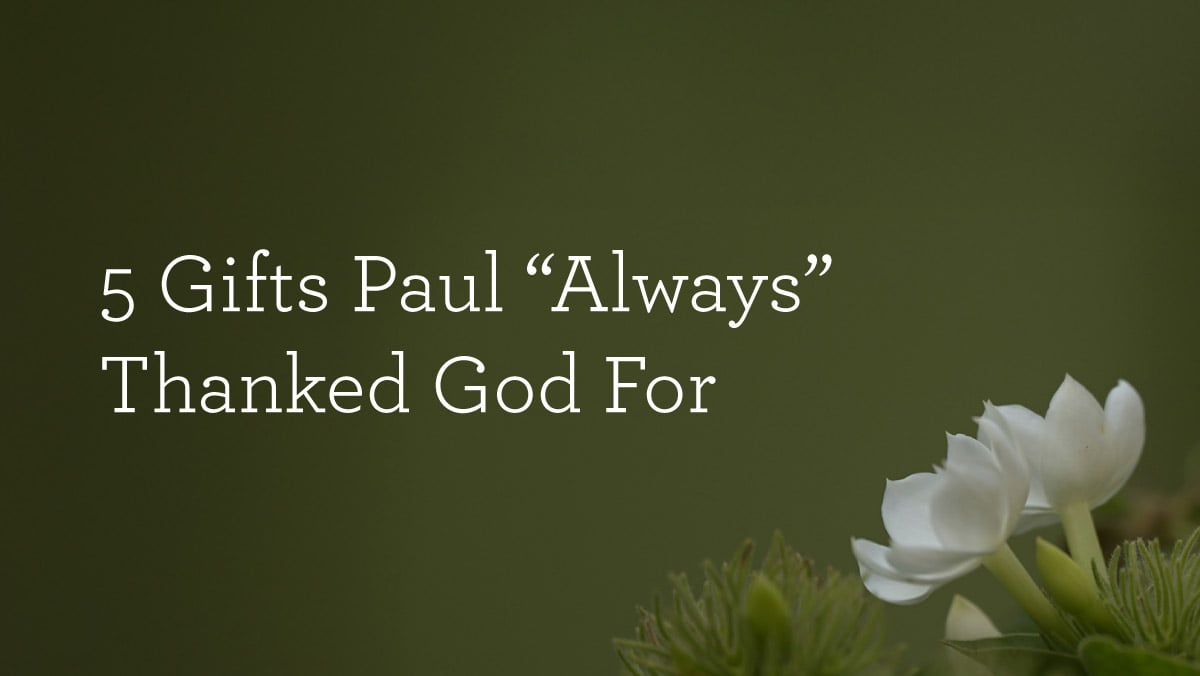Chapman, Allan. The Victorians and the Holy Land: Adventurers, Tourists, and Archaeologists in the Lands of the Bible. Eerdmans 2025. xiii+271 pp. Pb. $33.99 Link to Eerdmans
Allan Chapman teaches the history of science at Wadham College at Oxford University. He has published several popular books on the intersection of science and faith, including Slaying the Dragons: Destroying Myths in the History of Science and Faith (Lion Hudson, 2013) and Stargazers: Copernicus, Galileo, the Telescope and the Church (Lion Hudson, 2014). He has many videos available on YouTube, including several for the Faraday Institute for Science and Religion.
Beginning with Herodotus as a “Greek tourist” and Egeria (380-384), who described the Pyramids as “Joseph’s Granaries,” Chapman traces the history of European exploration of Egypt, Palestine, and Mesopotamia. The book tells stories about the early explorers. Chapman considers the first scientific explorer to the Middle East to be John Greaves (1602-1652), who visited Egypt in 1640 to measure the Pyramids. He was “less concerned with wonder, miracles, treasure, and legends than with measured and subsequently excavated facts” (14). According to Chapman, he was a “proto-Egyptologist.”
Chapman tells the story of John Ludwig Burckhardt’s rediscovery of Petra (in 1812) and the adventures of Giovanni Battista Belzoni, a circus strongman turned archaeologist. Belzoni recorded his adventures in the 1810s in A Narrative of the Operations and Recent Discoveries within the Pyramids (link to the book on Archive.org). Chapman says Belzoni’s “real-life story reads more like a fictional adventure than an authentic biography” (32).
A major part of this history is deciphering hieroglyphics, beginning with Napoleon in Egypt and the discovery of the Rosetta stone. Most readers will be familiar with Jean-François Champollion, usually credited with deciphering hieroglyphics, but Chapman tells the story of an English Quaker, Thomas Young, who influenced Champollion’s work.
In Mesopotamia, while some explorers looked for evidence of Noah’s Flood, Leonard Wooley excavated Ur and Sumer. Wooley’s excavations at Ur and Sumer did not “prove the Bible as true,” but they did show that “the Bible reflects a world of real places, figures, kings, and customs that form a wholly credible context, or backdrop, for the early Bible narratives” (81). This seems to be the main thesis of the book. While some of the adventures Chapman narrates are like the stuff of Hollywood, many of these explorers provided crucial context for understanding the Bible. Near the conclusion of the book, Chapman says, “While archaeology has never been able to provide proofs for specific difficult events, what it has certainly done, as shown on several occasions in this book, is to demonstrate that the wider world described in the Bible was real and plausible” (228).
One of the earliest explorers in Palestine was Edward Robinson. He was a “reverend doctor”, a congregational professor at Union Theological Seminary. He traveled with Eli Smith, another Arabic-speaking clergyman. Many consider Robinson to be the founder of biblical archaeology. Chapman suggests they did more than any other two individuals to open Palestine to scholarly understanding (107). One of Robinson’s major contributions is the creation of detailed, accurate maps. Robinson’s work led to the founding of the Palestine Exploration Society in 1865. This society eventually supported numerous archaeological explorations and supported T. E. Lawrence in his pre-World War I travels, mapping Crusader castles and other ruins in Palestine.
Another little-known chapter of the exploration of the holy land is Thomas Cook (1808-1892). Cook was a Baptist minister who essentially created “holy land tours.” He hosted his first group of holy land pilgrims in 1869 (145). Chapman concludes, “one cannot but admire the enterprise and energy that Cook, the one-time itinerant village missionary, displayed in opening up the Bible lands to European and American tourists” (159).
Chapman devotes two chapters to the development of museums and color printing in bringing the holy land to people in Europe and America. Britain’s first public museum, the Ashmolean Museum of Art and Archaeology, began when Elias Ashmolean donated his “cabinet of curiosities to Oxford in 1677. During the nineteenth century, museums became important additions to cultured civic life. Large crowds were drawn to museums to see dioramas, and museum shows (who doesn’t want to see a mummy?) At the same time, publishers began printing books with illustrations of biblical scenes. Reports from the early explorers of the holy lands informed these popular books.
How did all this impact the study of the Bible? Chapman traces the development of biblical higher criticism, which often suggested the Bible was full of folktales and mythology. Certainly, there was skepticism about the details, but as these nineteenth-century explorers brought back reports from Egypt, Palestine, and Mesopotamia, it was clear that the overall context of the Bible is credible. This transformed archaeology from antiquarian collecting into a scholarly science. Chapman suggests that Sir Flinders Petrie was the first scientific archaeologist to explore the holy lands.
Conclusion. Allan Chapman is always entertaining, and I love the documentaries he hosts. Victorians and the Holy Land was a joy to read. There are a few well-known characters in the book, but most of Chapman’s history will be new to most readers. Although written by an academic historian, the book targets a popular audience and provides a solid foundation for understanding the exploration of Egypt, Palestine, and Mesopotamia in the nineteenth century.
NB: Thanks to Eerdmans for kindly providing me with a review copy of this book. This did not influence my thoughts regarding the work.

 4 weeks ago
35
4 weeks ago
35








 English (US) ·
English (US) ·